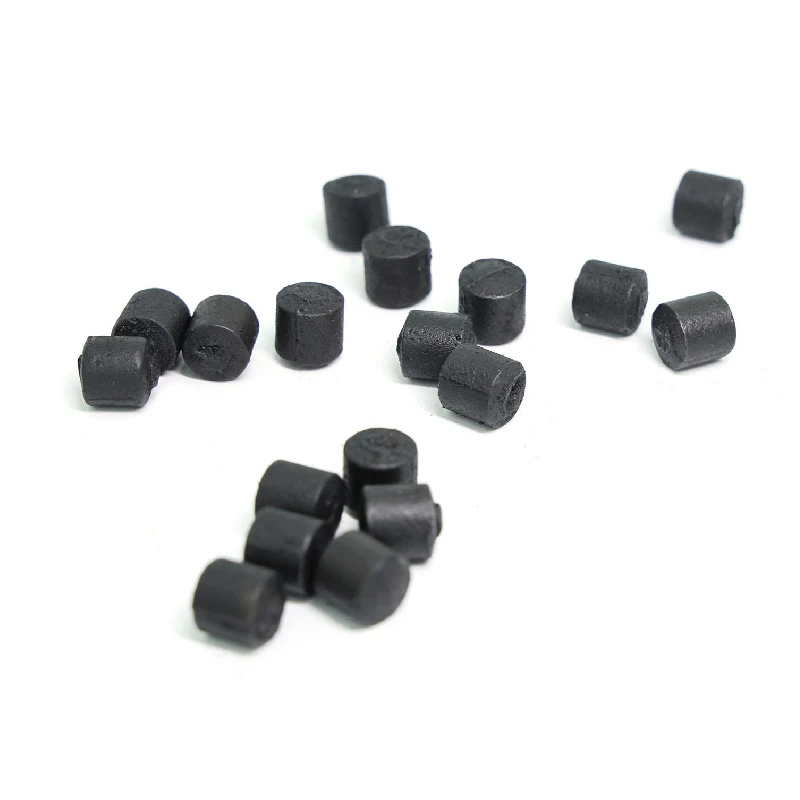Oct . 17, 2025 10:55 Back to list
Grinding Cylpebs: High Hardness, Low Wear, Consistent Output
A Field Note on Grinding Cylpebs: What Buyers Tell Me, and What the Data Says
If you’re speccing media for finish mills or secondary grinding, you’ve probably bumped into grinding cylpebs more than once. I get messages about them every week—cost per ton, chrome levels, the usual. And to be honest, the market has shifted a bit in the last 18 months: buyers want steadier hardness, tighter size control, and proof their supplier isn’t taking shortcuts on heat treatment.

Product snapshot: “Medium chrome forging” (cast, heat-treated)
Origin: KIZUN Industry Zone, Luquan, Sihijiazhuang city, Hebei, China. The name says forging, but this line is actually precision-cast and then quenched/tempered (a common naming quirk in the media world). Sizes run 8×10 to 40×45 mm, black as-cast finish after heat treatment. Many customers say consistency is the real differentiator; I’d agree.
| Parameter | Typical spec (≈) | Notes |
|---|---|---|
| Chrome content | 10–28% Cr | Medium-to-high chrome white iron |
| Size range | 8×10 to 40×45 mm | Custom sizing on request |
| Hardness | HRC 56–64 | ISO 6508-1 Rockwell |
| Microstructure | M7C3 carbides + martensite | Optimized by tempering |
| Wear rate (cement) | ≈25–50 g/t | Real-world use may vary by clinker |
Where grinding cylpebs shine
- Cement finish mills (fine grind control, predictable void filling)
- Mining secondary ball mills (especially with moderate pH slurries)
- Chemical, refractory, and pigments where shape uniformity helps
Process flow (what I saw on-site)
Alloy design → melting and casting (chilled molds) → riser removal → normalization → quench → temper → hardness and microstructure checks → dimensional inspection → packaging. Testing typically follows ISO 6508-1 (HRC), ISO 148-1 (impact), and abrasion benchmarking akin to ASTM G65. Chemistry via spectrometer per foundry routine; conformance to ASTM A532 for high-chrome white iron families.
Vendor landscape (current sentiment)
| Vendor | Chrome % | Hardness | Wear (cement) | Certs | Customization | Lead time |
|---|---|---|---|---|---|---|
| Chengda (Hebei) | 10–28% | HRC 56–64 | ≈25–50 g/t | ISO 9001 | Sizes, heat treat | ≈15–25 days |
| Vendor A (import mix) | 12–20% | HRC 54–60 | ≈35–65 g/t | ISO 9001 (claimed) | Limited | ≈20–35 days |
| Vendor B (trading-only) | 8–16% | HRC 50–58 | ≈50–90 g/t | Unclear | Sporadic | Varies |
Why cylpeb shape still matters
Compared with balls, grinding cylpebs can show a slightly higher contact area and, in some mills, a steadier product fineness. Not universal, but in cement finish circuits I’ve seen 3–7% kWh/t improvements—small, yet bankable.
Customization and QA
- Chrome window tuning (10–28% Cr) to match media pH and mill chemistry.
- Heat treatment recipes for target HRC and core toughness.
- Lot traceability; spectro-chem reports; hardness maps; microstructure photos on request.
Mini case notes (real mills, real quirks)
Cement (Asia): switching to grinding cylpebs in 25×35 mm cut saw Blaine stability improve and wear drop from ≈48 g/t to ≈33 g/t over 60 days. Mining (LatAm): slurry pH drifted; once corrected, media life jumped ≈18%. It seems that maintenance chemistry is half the battle.
Testing and standards referenced
ASTM A532 (alloy family guidance), ISO 6508-1 (hardness), ISO 148-1 (impact), and abrasion benchmarking per ASTM G65. Factory systems are typically ISO 9001 audited.
Citations:
-
Expert Insights on Fabrica de Molinos de Bolas: Industry Trends & Global Applications
NewsNov.24,2025
-
Expert Insights on Fabricantes de Bolas de Molienda de Acero: Global Applications & Trends
NewsNov.23,2025
-
Leading Fabricantes de Bolas de Molienda: Your Ultimate Guide to Grinding Balls
NewsNov.23,2025
-
Fabricante de Bolas de Molienda – Quality Grinding Balls for Efficient Industry
NewsNov.23,2025
-
Trusted Proveedores de Medios de Molienda for Efficient Industrial Grinding
NewsNov.22,2025
-
Proveedores de Bolas de Molienda: Your Guide to Top Grinding Ball Suppliers & Industry Insights
NewsNov.22,2025
Realted Products
















